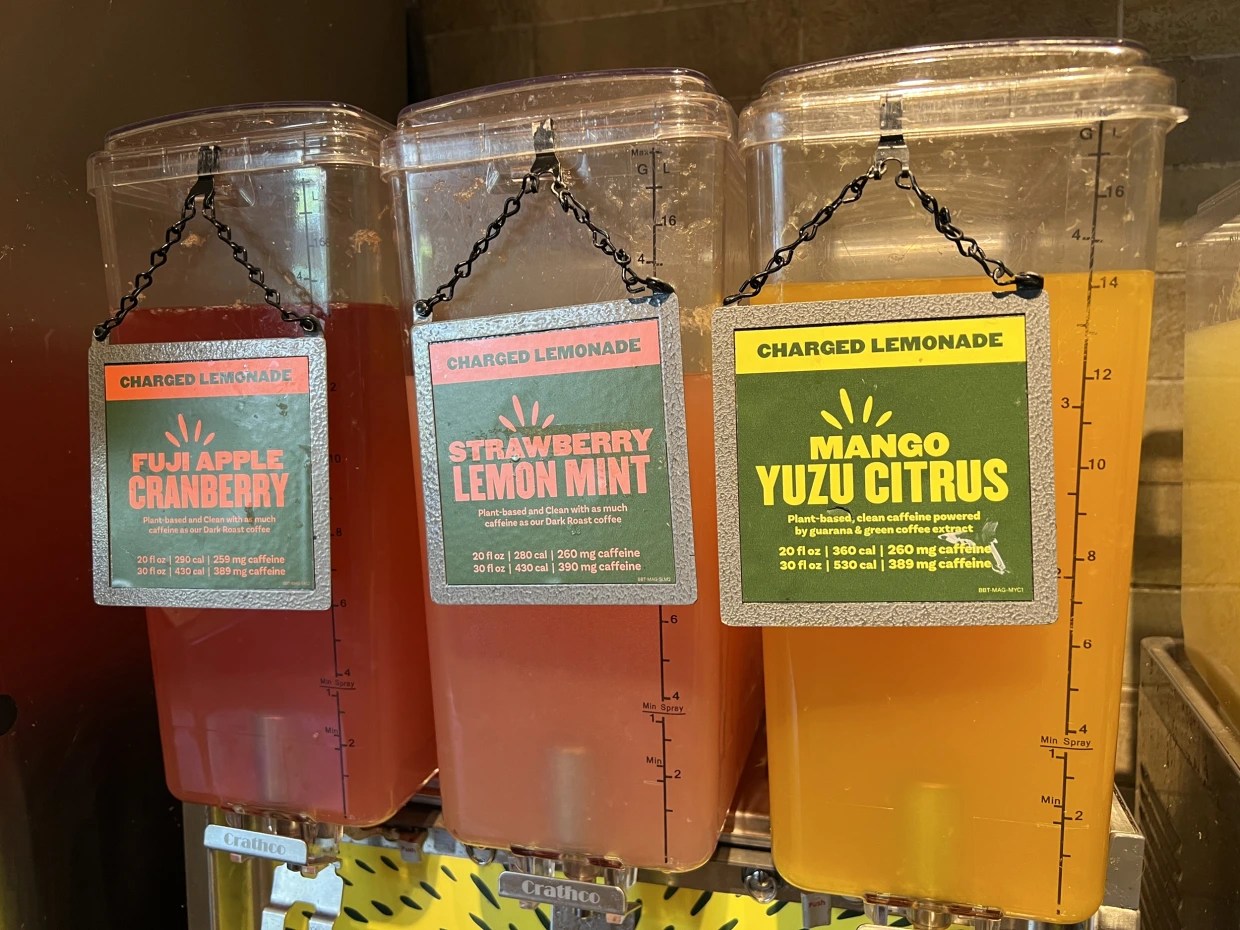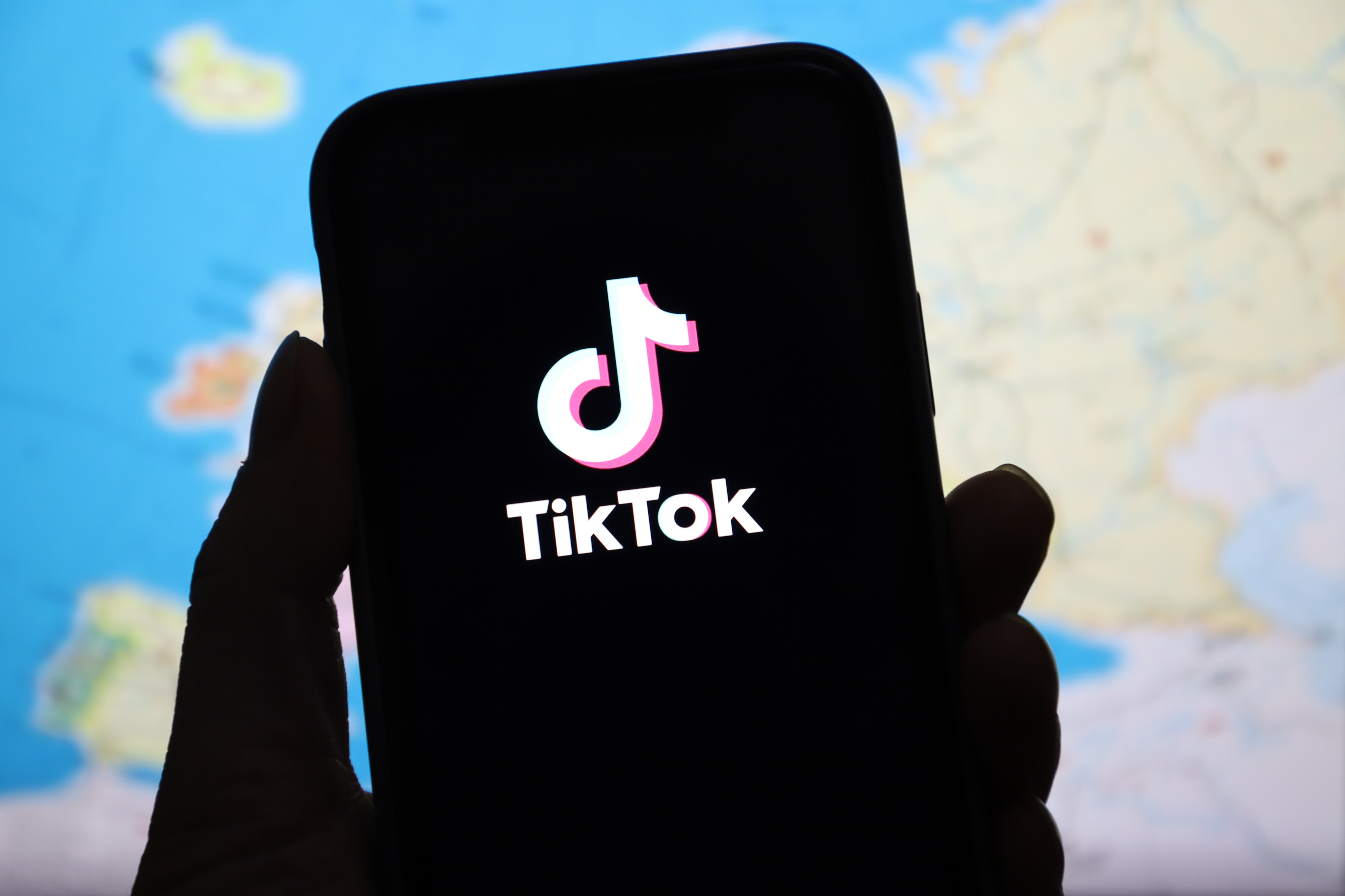The gift for a first wedding anniversary is paper. Prince William and Catherine Middleton, who were wed one year ago on April 29, are flipping that tradition by generating paper, be it U.S. dollars, Euro notes or British pounds, as even a year later their storybook union ignites consumer interest.
More than 23 million people in the U.S. tuned in to watch the 2011 royal wedding between William, 29, and Kate, 30, who became the newly titled Duke and Duchess of Cambridge. Handsome yet unassuming, William is second in line to the throne of the British monarchy. Fresh-faced, lovely but approachable, she is a former accessory buyer at a clothing chain-store and the daughter of self-made multi-millionaires.
“It's a wonderful modern fairy tale,” says Us Weekly executive editor Albert Lee of the allure the couple hold. “It's a great feel-good story with no villains.”
And a feel-good story that has been a boon to businesses as diverse as tourism, publishing and fashion design.
“The number one driver for American travelers to Britain is history and heritage,” says Meredith Pearson, VisitBritain's public relations director. “The royal family represents that living history and this new generation of royals are making themselves so much more accessible. They do a lot for us in showcasing modern Britain. [The wedding] was a real gift to tourism and interest hasn’t let up since.”
So far so good: Britain experienced just under 12 million tourist visits in 2011, with visitors from the U.S.A. making up 2.8 million of that number – an increase over the previous year of 5% according to VisitBritain. The U.S. accounts for 9% of all inbound visits to the U.K., with American tourists being the biggest spenders while in the country - to the tune of $3.8 billion in 2011.
VisitBritain plans to build on those numbers in 2012, a year which will see England host not only the wedding anniversary, but the London 2012 Olympic Games, World Gay Pride and the Queen’s Diamond Jubilee, a celebration of Elizabeth II's 60-year reign.
U.S. & World
“Our whole marketing strategy was to really capitalize on these unprecedented events that only come along once in a generation,” said Pearson. “The fact that it is all in one summer is huge, and then along came this announcement back in November 2010 that there was going to be a royal wedding.
“What that did was kick-start everything – it opened doors for us to begin talking about all of the other great things happening in Britain a little bit earlier. And when the 2012 events are done, the Duke and Duchess will still be there.”
On the newsstand, they are ubiquitous. “William and Kate have become absolutely vital as cover subjects,” says Us Weekly's Lee, who has featured the pair (together and alone) on the cover seven times in the past twelve months. The magazine has also released three separate, special issues soley concerned with their wedding and first year as a married couple.
“When you cover the world of celebrity you are looking for dynamic couples,” says Lee. “And when it comes to celebrity duos there are very few that we are on a first name basis with. Brad and Angelina, Will and Jada, Tom and Katie and now you have Will and Kate, who stand head and shoulders with all of those Hollywood couples.”
Us Weekly’s royal wedding issue sold more than 900,000 copies, a 40% increase over average single issue sales according to AdWeek. People magazine’s wedding issue sold 2.2 million copies with Kate and William continuing to be a winner for the magazine with the recent “Is She Pregnant” issue selling just under 1.2 million copies in early April. Such numbers are high points in a market that has recently witnessed year-on-year sales declines.
“They have become one of the staples of the celebrity magazine industry,” adds Lee, “because readers find them fascinating. It doesn't hurt of course that Kate is incredibly stylish.”
Dubbed the Duchess Effect, Kate Middleton has become a sartorial icon in the period following her nuptials, and her impact on the business of fashion retailing cannot be underestimated. Her choice of outfit is as discussed, obsessed-over and copied perhaps more than any other international celebrity.
“The first thing that attracted young women to her is that here was a princess-to-be and she is going out in a dress from Reiss that they all recognize,” says Hal Rubenstein, fashion director of In Style magazine. “Not only do they recognize the dress, it’s available online.”
When Middleton wore a $340 camel-hued dress from the Brit fashion chain to meet the President and first lady last May, the garment sold out. The family-owned retailer’s operating profits almost doubled in 2011 according to business filings in the U.K.
“You also see her wear clothes more than once,” added Rubenstein. “Women feel that she actually goes into a wardrobe and chooses what to wear rather than grabbing something off of a rack the way most actresses do for a red carpet.”
L.K. Bennett, another England-based, high-street fashion chain the Duchess favors, opened stores in Atlanta, Houston, Chicago, Hackensack, N.J., and New York in 2012. As for the impact that Middleton has had on sales for the company, Tony DiMasso, the label’s U.S. president told NBC that, “Obviously we are flattered. She has been an amazing ambassador for the brand. But we don’t disclose information about our customers."
That said, it would be hard to deny the effect Middleton has had on word-of-mouth marketing for the brand.
Comparisons between Middleton and the late Princess Diana naturally surfaced around the wedding. But when it comes to dressing, Rubenstein says the Duchess is in a class of her own. "We are in a much more media-savvy age and Kate is very aware of her position. Her clothes are refined, yet urbane. In terms of style, Diana never really hit her stride until after her divorce from Charles."
Alexander McQueen, the label behind Middleton’s detailed lace wedding dress, has also revealed expansion plans stateside. And while the Gucci Group (who owns the brand) does not list individual sales results, their luxury division – in which McQueen sits alongside Gucci, Balenciaga and other high-end designer brands - reported a 22.6 increase in revenue for 2011 according to Forbes.
When quizzed about the McQueen bridal gown and the lingering effect it has had on style, Rubenstein notes that, “Bridal dresses – particularly in America – have been strapless, strapless, strapless. Now everything is about lace sleeves, and it didn’t come from nowhere. It came from that dress.”
So will we see more Brit brands cashing in on the Duchess Effect?
“It’s already happening,” said Rubenstein, citing other Middleton-approved labels: “Just in terms of red carpet alone, there are more American stars wearing Jenny Packham and Alice Temperley than I have ever seen before, and that will generate more sales in this country. Erdem has a much higher profile than it did a year ago.”
“We really can't get enough,” says Lee of the continuing obsession and subsequent marketability of William and Kate. “And just wait until she gets pregnant. You think you are interested now - it's only just begun.”



